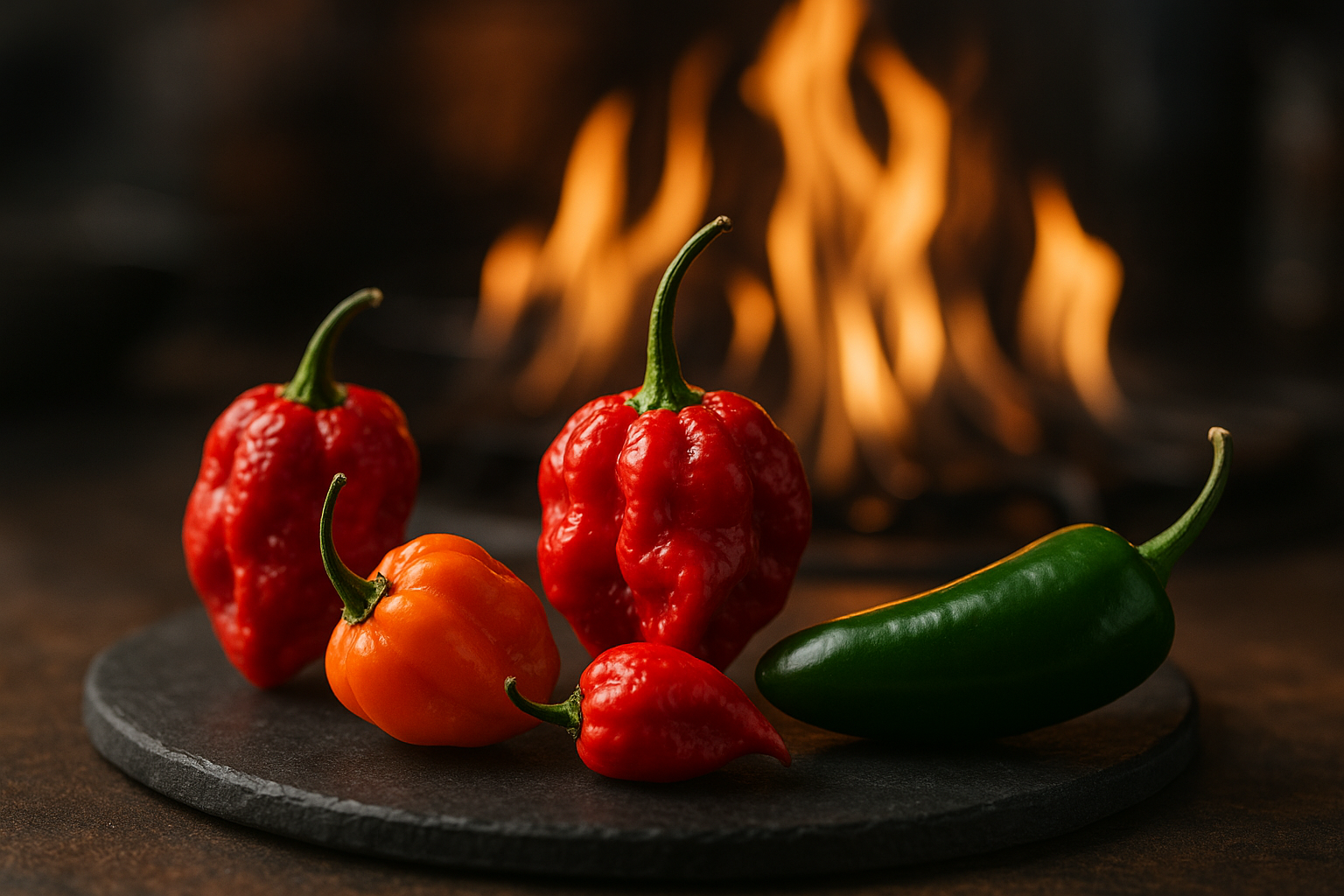Spicing Up Your Meals: An Introduction to World's Hottest Peppers
The world of gastronomy is as diverse as the people who inhabit it, and the range of flavors is broad and exciting. This article will take you on a journey through the world's hottest peppers, their unique characteristics, and how you can incorporate them into your cooking to add a fiery twist.

The Scoville Heat Scale: Understanding the Heat
The Scoville Heat Scale is a measurement of the pungency of chili peppers. It was named after Wilbur Scoville, a pharmacist who developed the Scoville Organoleptic Test in 1912. The scale is based on the concentration of capsaicin, the chemical compound that gives chili peppers their heat. Some of the world’s hottest peppers can reach over two million Scoville Heat Units (SHU), while bell peppers, which have no heat at all, come in at zero SHU.
Carolina Reaper: The Hottest Pepper in the World
As per the Guinness World Records, the Carolina Reaper currently holds the title as the hottest pepper in the world, with a staggering average of 1.5 million SHU. This pepper, created by Ed Currie of the PuckerButt Pepper Company, has a fruity and sweet taste that is quickly overshadowed by its intense heat.
Ghost Pepper: The Indian Scorch
The Ghost Pepper, also known as Bhut Jolokia, was once the world’s hottest pepper before the Carolina Reaper took the title. Originating from India, it boasts an average SHU of 1 million. While it is incredibly spicy, ghost peppers also have a slightly sweet and fruity flavor.
Habanero: The Latin Heat
The Habanero pepper, native to the Amazonas region in South America, is a popular choice for those who enjoy a good kick in their food. While it’s not as hot as the Carolina Reaper or the Ghost Pepper, it still packs a punch with an average 150,000 to 350,000 SHU. Its unique, fruity flavor makes it a versatile ingredient in a variety of dishes.
Jalapeno: The Mild Spice
For those who prefer a milder kick, the Jalapeno pepper is a perfect choice. Originating from Mexico, it has a heat range of 2,500 to 8,000 SHU. It’s a popular ingredient in many dishes and offers a nice balance of heat and flavor.
Spice It Up: Incorporating Hot Peppers in Your Cooking
-
Start small: If you’re new to spicy food, begin with milder peppers like Jalapeno and gradually work your way up.
-
Use sparingly: Remember, you can always add more heat, but you can’t take it away.
-
Balance the flavors: Pair hot peppers with creamy, sweet, or citrusy flavors to balance the heat.
-
Protect your hands: Capsaicin can cause a burning sensation on your skin, so wear gloves when handling hot peppers.
Conclusion
Exploring the world of hot peppers can add a new dimension to your cooking. Whether you’re a spicy food veteran or a curious novice, these fiery fruits offer a unique blend of heat and flavor that can spice up any dish. So why not take a culinary leap and add a dash of heat to your next meal? Remember, the world of food is as exciting as you make it, and every new flavor is a new adventure.






